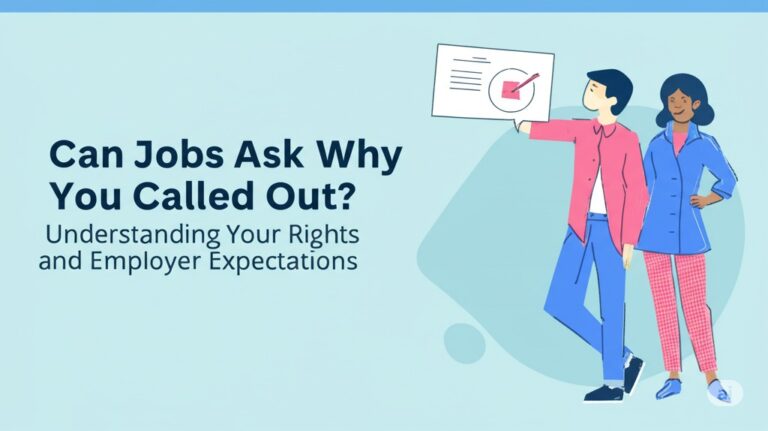
If you’re wondering whether you can open an Individual Retirement Account (IRA) without having a job, you’re not alone. Many people assume that you need to be employed to start saving for retirement in an IRA. However, the reality is more nuanced. In this article, we’ll explore how IRAs work, what you need to know about opening one without a job, and the options available to you.
What is an IRA?
Before diving into the specifics of whether you can open an IRA without a job, it’s important to understand what an IRA is. An IRA, or Individual Retirement Account, is a tax-advantaged savings account designed to help individuals save for retirement. There are several types of IRAs, but the two most common are:
- Traditional IRA: Contributions may be tax-deductible, and the investments grow tax-deferred until retirement.
- Roth IRA: Contributions are made with after-tax dollars, but withdrawals during retirement are tax-free, provided certain conditions are met.
Can You Open an IRA Without Having a Job?
Yes, you can open an IRA without a job, but there are certain conditions. The key factor in opening an IRA is having “earned income.” This refers to income from employment or self-employment, such as wages, salary, or net earnings from freelance work or a business.
What Counts as Earned Income?
To open a traditional or Roth IRA, you need earned income. This includes:
- Wages or salary from a job
- Self-employment income
- Freelance income
- Income from a spouse’s job (if filing jointly)
So, even if you’re not currently employed, there are still ways to open an IRA if you have other sources of earned income.
How Can I Open an IRA Without a Job?
Even if you’re not employed by someone else, there are ways to qualify for an IRA if you have other sources of earned income. Here are a few scenarios where you can still open an IRA:
1. Freelancers and Self-Employed Individuals
If you’re working as a freelancer or self-employed, you can contribute to an IRA based on the income you earn from your work. Whether you have a full-time business or a side hustle, as long as you have income from your own work, you can contribute to an IRA.
2. Spousal IRA
If you are married and your spouse is employed, you can open a spousal IRA. This allows a non-working spouse to contribute to an IRA based on their working spouse’s income. To qualify, you must file jointly and meet the income limits for the specific type of IRA.
3. Unemployment Benefits
Unfortunately, unemployment benefits don’t count as earned income, so you cannot use them to fund an IRA. However, other forms of passive income, such as investment income, also don’t qualify for IRA contributions.
IRA Contribution Limits
Regardless of whether you’re employed or not, there are annual contribution limits for IRAs. For 2025, the contribution limits are:
- $6,500 for individuals under 50
- $7,500 for individuals 50 or older (catch-up contributions)
These limits apply across all your IRAs, so if you have both a Roth and a traditional IRA, your combined contributions cannot exceed the yearly limit.
Tax Benefits of IRAs
One of the biggest advantages of contributing to an IRA is the potential tax benefits. Depending on the type of IRA you choose, you could either enjoy tax-deductible contributions (Traditional IRA) or tax-free withdrawals during retirement (Roth IRA). Here’s a closer look at the tax benefits:
Traditional IRA:
- Contributions are tax-deductible in the year you make them (if you meet certain income limits).
- Investments grow tax-deferred until you withdraw them during retirement.
Roth IRA:
- Contributions are made with after-tax dollars (no tax deduction in the year you contribute).
- Earnings grow tax-free, and you can make tax-free withdrawals during retirement (provided you meet the age and holding period requirements).
Alternatives to IRAs Without a Job
If you’re not able to contribute to an IRA due to a lack of earned income, there are other retirement saving options available:
1. Roth 401(k)
Some employers offer a Roth 401(k) option, which allows for tax-free withdrawals during retirement. However, you must be employed to contribute to this type of account. If you’re not employed, you cannot open a Roth 401(k).
2. Health Savings Accounts (HSAs)
Although HSAs are designed for medical expenses, they also offer tax advantages that make them an attractive savings vehicle for some people. If you have a high-deductible health plan, you can contribute to an HSA, and the funds can grow tax-free.
3. Taxable Investment Accounts
If you’re not eligible to contribute to an IRA, you can still open a taxable brokerage account to invest for retirement. While this option doesn’t offer the same tax advantages as an IRA, it allows you to invest without any restrictions on income or employment status.
Conclusion
You don’t need to have a traditional job to open an IRA, but you do need to have earned income from self-employment or a spouse’s employment to qualify. Whether you’re freelancing, running a business, or receiving income from a spouse, you can start building your retirement savings with an IRA.

Andre Cuevas provides career insights, job search strategies, and professional advice to help individuals navigate the job market and achieve their career goals.




